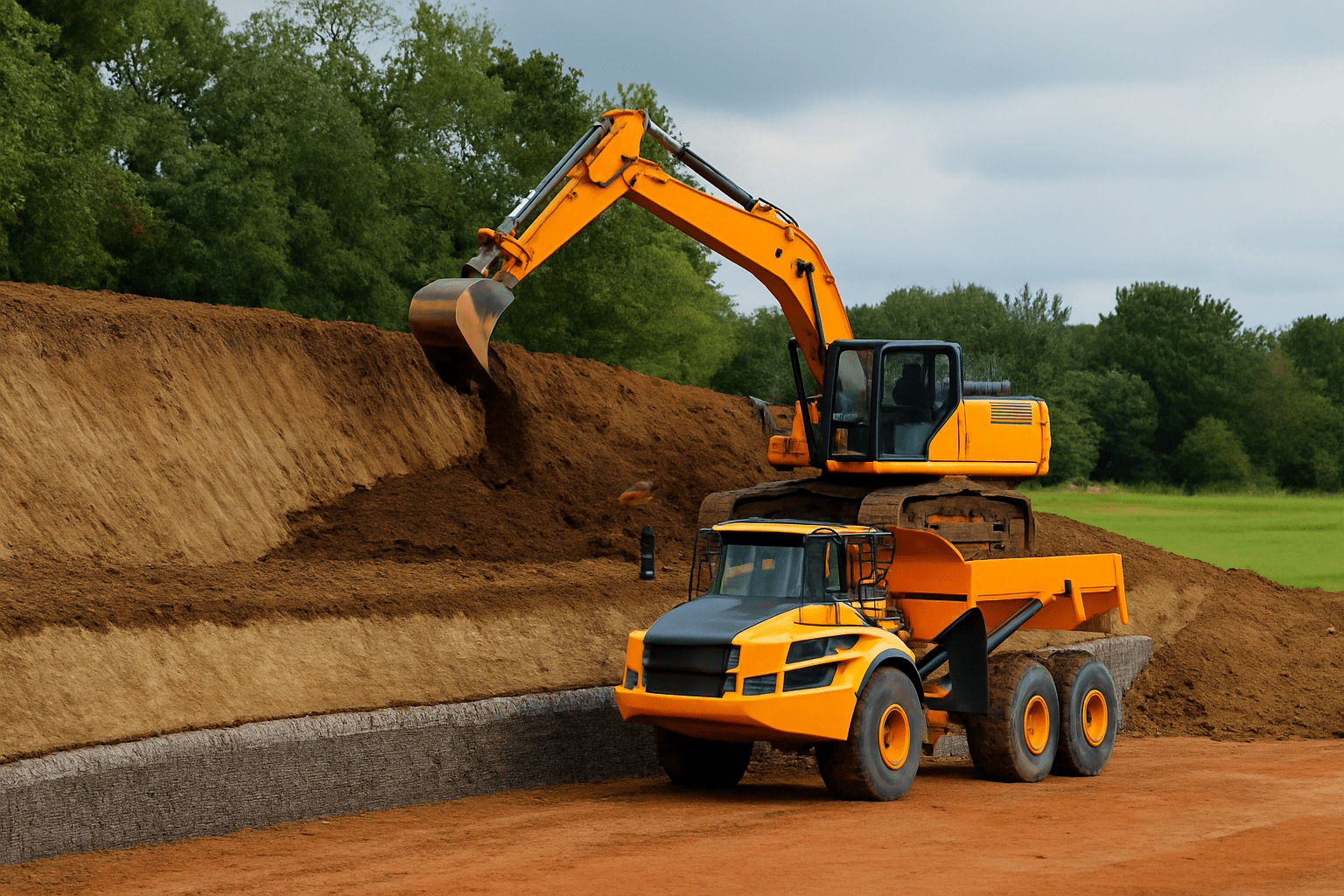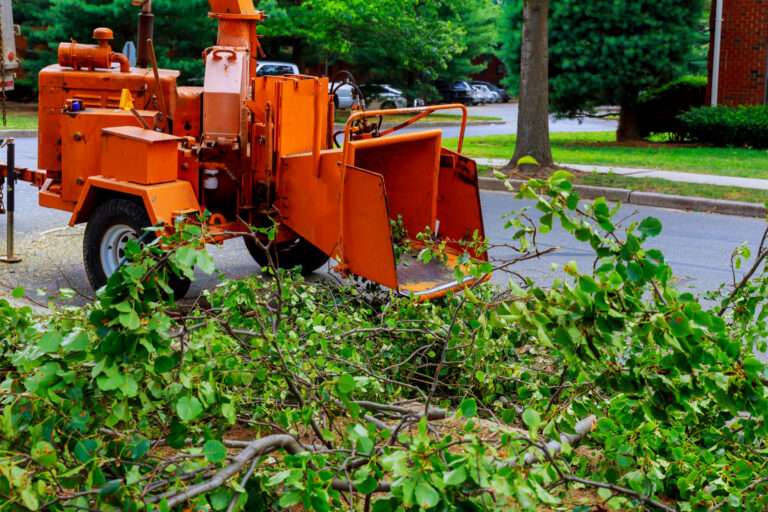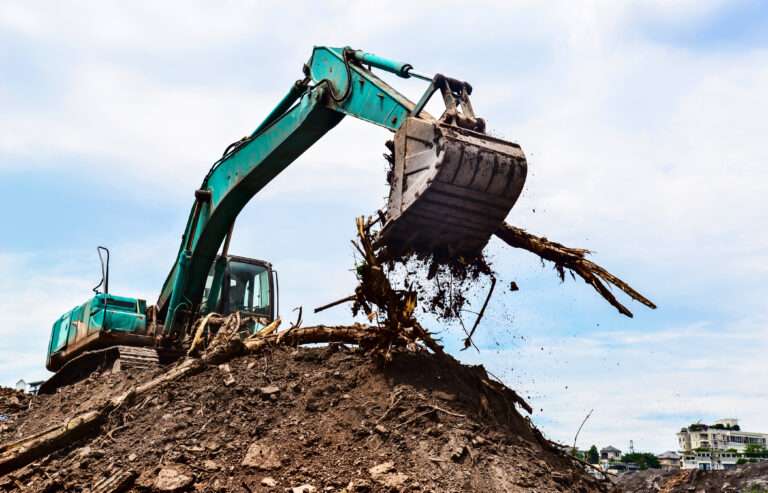Mastering Cut and Fill: Strategies for Efficient Groundwork Execution
Cut and fill operations are fundamental to preparing land for development. Whether it’s a commercial building, sports facility, or housing estate, achieving a level, stable surface is crucial. But when done inefficiently, these operations can become a costly drain on time, resources, and sustainability goals.
Efficiency in cut and fill isn’t just about moving soil from one place to another—it’s about strategic planning, technical precision, and environmental responsibility. In this article, we’ll explore what makes cut and fill operations efficient, answer common questions, and share actionable tips for ensuring your next project runs like clockwork.
What Does “Efficient” Mean in Cut and Fill Operations?
Efficiency refers to achieving the desired landform using the least amount of time, cost, and environmental disruption. An efficient operation:
- Balances cut and fill volumes to minimise waste
- Reduces the need for imported or exported material
- Avoids costly rework through accurate planning
- Completes work quickly without compromising quality
- Aligns with planning constraints and environmental regulations
At its core, efficiency in this context is about delivering value—financial, functional, and environmental.
Why Cut and Fill Needs a Smart Approach
Poorly executed cut and fill can lead to major setbacks. For example, over-excavation may require expensive backfilling, while undercutting can leave a site unstable. Mistakes in volume calculation, machinery misuse, or lack of soil testing can quickly inflate project costs.
A strategic approach avoids these pitfalls by focusing on:
- Digital terrain modelling (DTM) to predict volumes and flow
- Ground investigation for soil composition and compaction needs
- GPS-controlled machinery for precision grading
- On-site soil reconditioning to eliminate reliance on imports
- Phased execution to streamline progress and minimise disruption
Key Strategies for Efficiency in Cut and Fill
To improve project outcomes, here are some proven strategies:
1. Start With a Comprehensive Site Survey
Every successful operation begins with understanding the existing ground conditions. A detailed topographic survey using drones or 3D laser scanning helps identify slope gradients, drainage flow, and the ideal cut/fill lines.
2. Use Digital Modelling for Accurate Planning
Designing a cut and fill model before starting earthworks enables accurate volume estimation. This reduces the risk of underestimating material needs or overworking an area.
3. Match Cuts to Fills as Closely as Possible
The more you can re-use what you excavate, the more money and time you’ll save. Balance is key—ideally, the site should be self-sufficient without excess spoil or import requirements.
4. Test and Treat On-Site Materials
Not all soil is immediately suitable for reuse. Testing for moisture, compaction, and composition allows for on-site improvements such as lime or cement stabilisation, reducing the need to bring in new material.
5. Employ GPS and Laser-Controlled Equipment
Modern machinery fitted with GPS or laser grading systems can work to millimetre-level accuracy. This reduces human error, increases speed, and delivers perfect grading results.
6. Plan for Drainage and Surface Water Management
Don’t treat drainage as an afterthought. Efficient projects incorporate sustainable drainage systems (SuDS) into the cut and fill model to prevent waterlogging and erosion.
Addressing Common Cut and Fill Concerns
Q: How can we ensure we don’t run short on fill material?
By analysing soil volume early and comparing it with the design requirements, you can determine whether you have a deficit. Adjusting design contours or raising platform levels may allow you to balance volumes.
Q: What’s the best way to dispose of surplus soil if balance isn’t achievable?
Efficient options include off-site reuse, soil recycling centres, or using it for landscaping in other parts of your development.
Q: How does weather impact efficiency?
Wet weather can stall progress due to soft ground. Planning operations in drier periods and using stabilisation techniques help maintain productivity.
Cost-Saving Tips Without Compromising Quality
Here’s how to trim costs while maintaining high standards:
- Phase your operations to avoid double handling of materials
- Minimise lorry movements with balanced on-site soil usage
- Lease rather than buy specialist machinery for short-term use
- Work with experienced contractors who bring their own equipment and knowledge
- Avoid rework by verifying grades with surveying tools before moving on
A successful cut and fill doesn’t mean cheap and fast—it means smart and strategic.
Sustainability in Focus
Efficient operations should also align with environmental values:
- Lower CO₂ emissions by reducing haulage and idling
- Support biodiversity through gentle slope creation and natural landforms
- Reduce waste by reusing site-won materials
- Conserve resources by avoiding unnecessary excavation or infill
At Killingley, our cut and fill services are backed by environmental accreditation and sustainable practices. Efficiency isn’t just a benefit—it’s a commitment.
Final Thoughts: Why Efficiency Pays Off
Efficient cut and fill operations are about more than speed—they’re about accuracy, sustainability, and long-term value. Whether you’re developing a commercial estate or laying the groundwork for future infrastructure, smart groundwork sets the tone for the rest of your build.
From digital planning and advanced machinery to experienced teams and environmental foresight, every part of the process should work together in harmony. That’s where the real savings lie—not just in money, but in outcomes.









